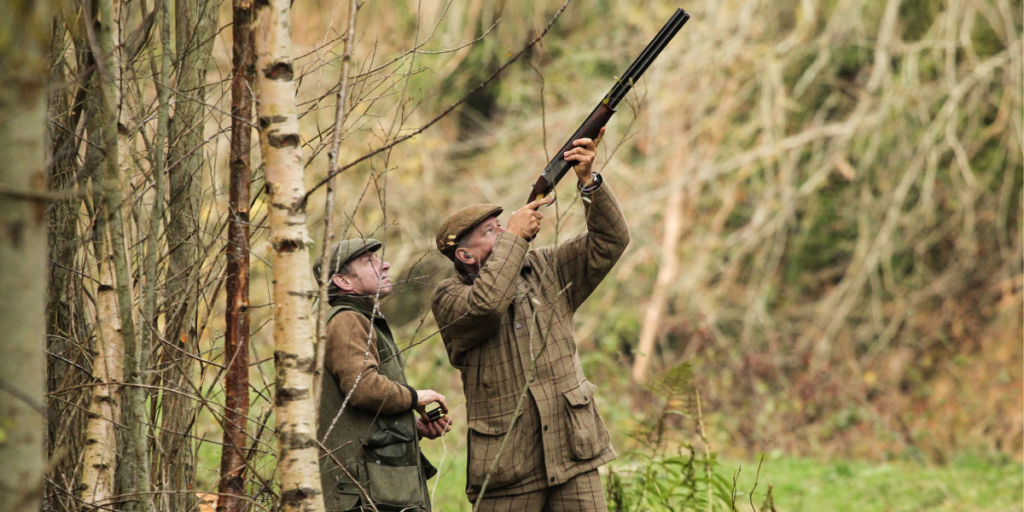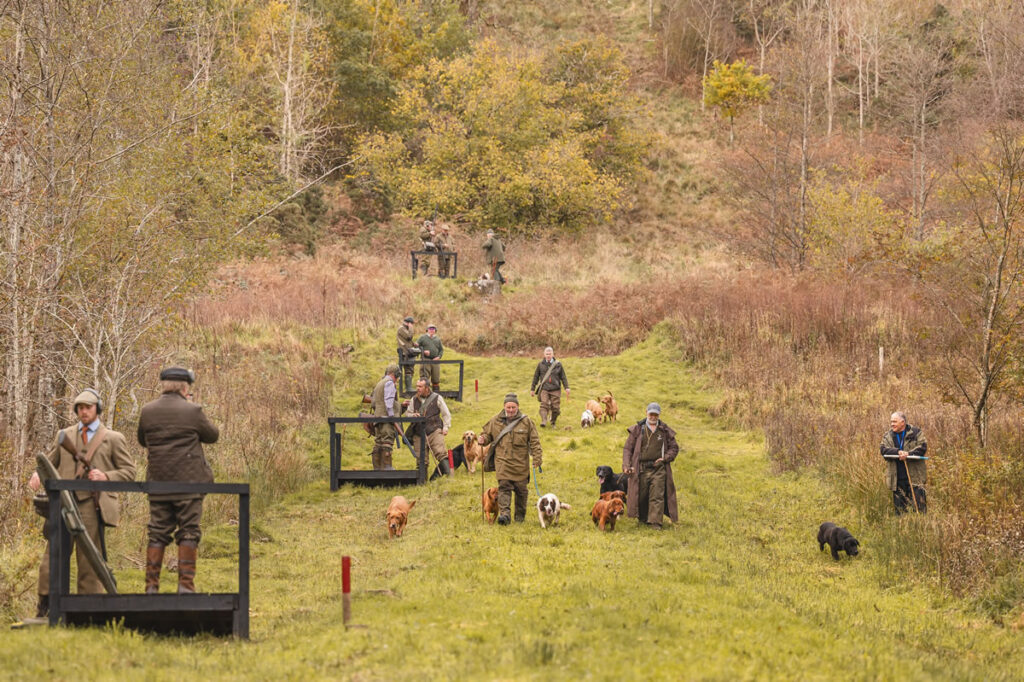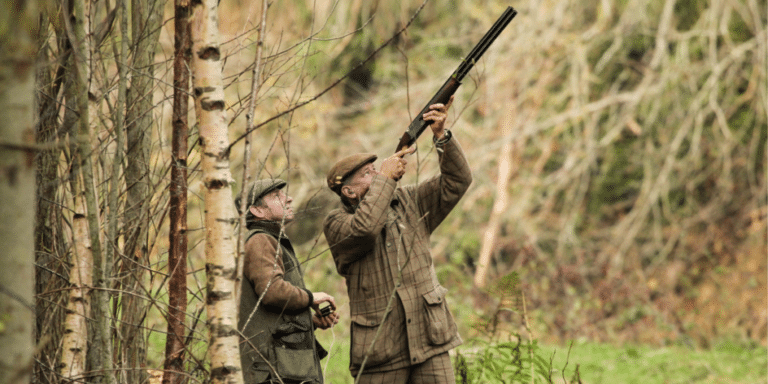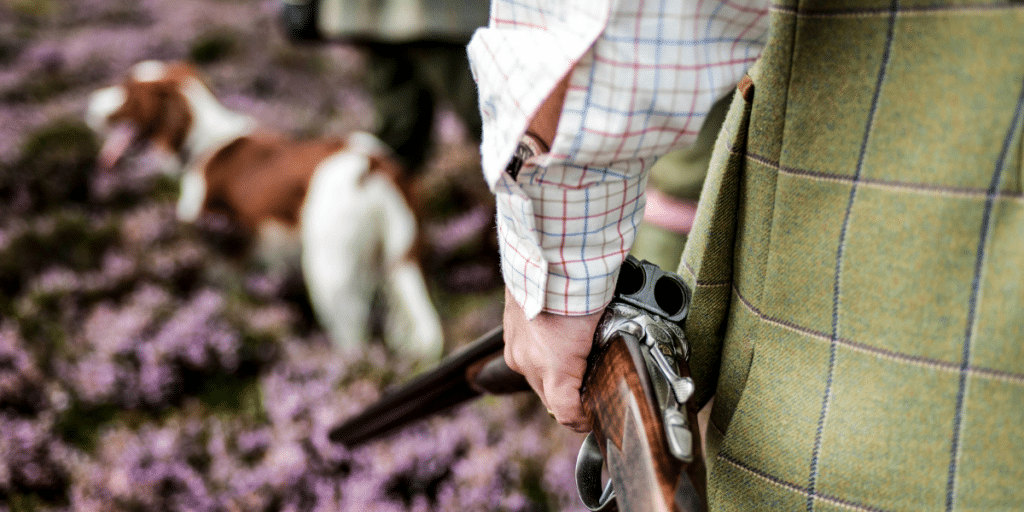Gavin Dolman, with years of experience in both the shooting world and the medical field, emphasises the need for preparedness in our sport. His message is clear: a defibrillator on-site isn’t just a precaution; it’s a potential life-saver for anyone who may experience a sudden cardiac event on a shoot.

Over the years I have been privileged to participate in many a shoot. From driven pheasant days on the Yorkshire Moors to clay competitions at my local club in Staffordshire, the sport has introduced me to a vast number of places, and people.
One thing that resonates with me as an ex-medical professional is the fact that our sport attracts people from all walks of life and it’s a sobering thought that amongst us, we’re all acutely aware of at least one person who has suffered from a cardiac arrest out shooting, usually resulting in the worst outcome. Cardiac arrest doesn’t discriminate against a person’s age, race or gender. Whilst the probability of having a cardiac arrest can and does increase with certain medical conditions, the fact remains that within our sport, it is as likely to happen as anywhere else, if not more due to physical exertion. My concern is that we are broadly not equipped for such incidents. The unpredictable and time-sensitive nature of a cardiac arrest makes it a unique medical emergency. In no other medical situation is there such a vital reliance on the community. Do you know where your nearest defibrillator would be if you were shooting out on the moors?
If someone is to have a cardiac arrest, it happens quickly. Unlike a heart attack, it comes on far quicker and can result in someone collapsing, losing consciousness and not breathing in a matter of minutes. The crucial part of survival is intervention by two methods, the first being to locate and apply an AED (automatic external defibrillator) and the second is to act quickly and perform quality CPR. These two elements significantly increase the chances of a person’s survival, however both are thwarted with variables. The first is your location, proximity to a defibrillator and the potential difficult access, and the second is who you are with and if they are confident using a defibrillator and performing CPR. A third variable, and one that is so unpredictable, is of course the weather. Having a defibrillator that is equipped to withstand the changeable British weather is therefore crucial.
In the UK there are over 30,000 cardiac arrests each year. The incredibly sad statistic is that less than 1 in 10 people survive them. The reason for this poor survival rate is the two intervention methods stated above are not carried out – early defibrillation & CPR. The fact is that immediate initiation of CPR can double or even quadruple the survival chances whilst defibrillation within 3-5 minutes can produce survival rates of up to 70%. There are, of course, instances where intervention is not successful however, what we can do within our community is have measures in place that could potentially save a life. The answer is simple, we need access to defibrillators so they are never more than a few yards away.

At my local shoot & fly-fishing club, we have purchased an AED. We have a nominated carrier each time and it’s portable enough to sit nicely in a rucksack or the back of the Land Rover. This one simple purchase now means that we are never more than a few yards away from an AED. I am all too familiar with stories of people I know and associates I have met through the sport who have lost loved ones from cardiac arrest on a shoot day. If an AED had been accessible within that short space of time, the outcome may have been different. We are now seeing AEDs pop up everywhere. They are on our high streets, in the supermarkets and at schools, so as a society, we are getting better at realising how much we need access to them. We need access to them in our sport too. We need to make what is a very small investment to ensure that we give the best possible chance of survival to someone we might be standing next to, or even ourselves. I encourage everyone reading this to ask themselves: Do you know of someone who has suffered a cardiac arrest? Do you know where the nearest defibrillator is when your on a shoot and would you be able to retrieve it within a matter of a few minutes?
What I can tell you is that a defibrillator is intuitive – it tells you what to do so no prior training is needed. It’s a case of putting two pads onto a bare chest (the defib shows you where) and then it will tell you if the casualty needs a shock. They read the hearts status and along with this they talk you through CPR and if its needed. For what is a few hundred pounds, lives can and are saved.
There are many defibrillators on the market but not all are applicable to our sport. The most appropriate defibrillator would be one that can be used on both adults and children using the same pads, one that has a high IP rating of 66 (it is rugged & can be used in extreme weather) and has a battery life of 5 years. Such a defib does exist and since we launched this campaign back at the Game Fair in the summer, the uptake has been fantastic. We have been placing these in Gun Makers, rural shoots, country estates and shooting clubs across the country but this is just the start.
Through the link below you can get access to this defibrillator and by using the code ‘shoot24’ when added to basket, you can save a huge 48% discount and ensure that you will have a defibrillator at arms reach, hopeful that it wont be required.
iPAD SPR Semi Automatic Defibrillator | WEL Medical – Shop



